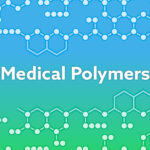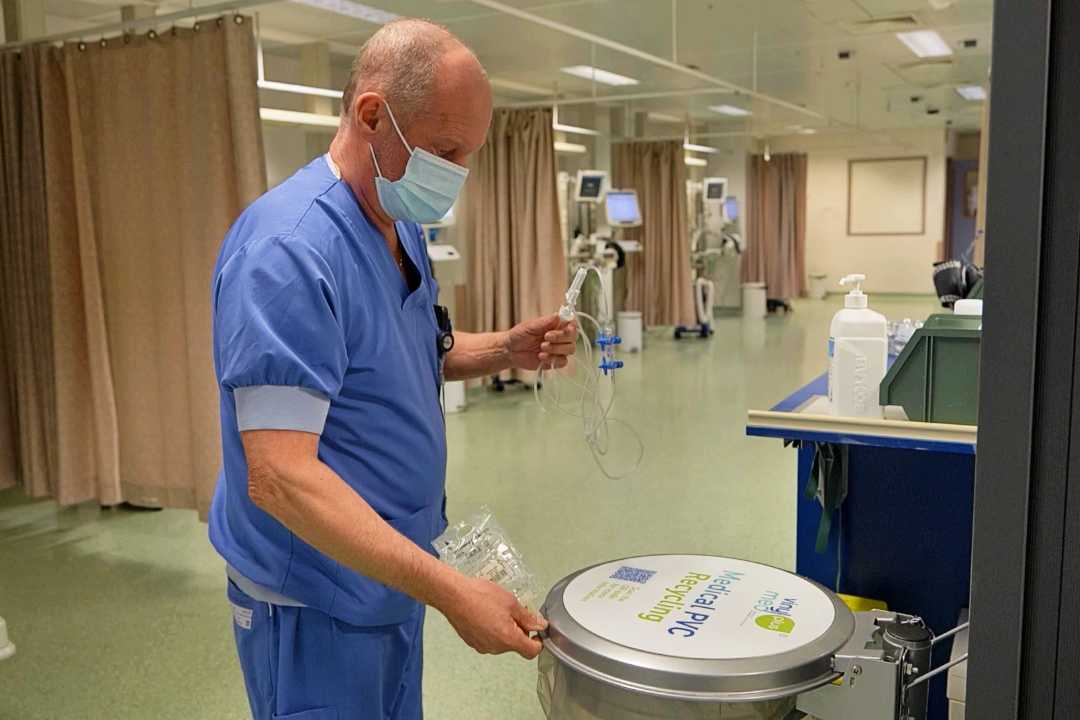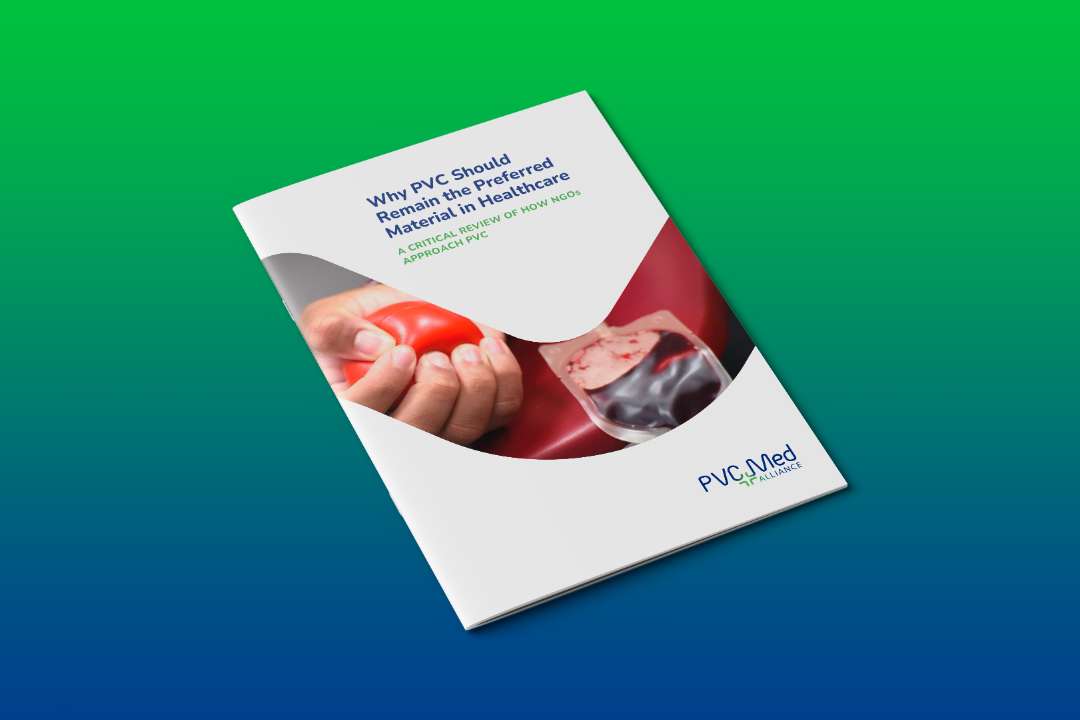
Navigating the Future of Medical Polymers: Insights on PVC
09/01/2024
VinylPlus: Towards a Greener Healthcare in Flanders
06/02/2024A new report from the European Chemicals Agency (ECHA) confirms the safe production of PVC in Europe, acknowledges the significance of PVC in medical devices and packaging, and concludes there is no data supporting alternatives to PVC from a life cycle perspective.
The PVCMed Alliance acknowledges ECHA’s recent investigation report on PVC and PVC additives which provides, among many other topics, a comprehensive analysis of PVC's role in medical devices and packaging. The report confirms that the production of PVC in Europe adheres to the highest safety standards, effectively managing risks associated with its production, particularly concerning worker safety and environmental impact.
The ECHA investigation highlights the significant advancements in the European PVC industry through the VinylPlus® Commitment to sustainable development. Through VinylPlus, the industry has voluntarily enforced its own continuously updated charters, which supersede regulatory requirements.
The ECHA report emphasises that no single alternative material has been identified that can replace PVC in all its medical applications, underscoring the polymer’s irreplaceable role in healthcare. Simultaneously, the report concludes that there is no Life Cycle Assessment (LCA) data to substantiate the claim that alternatives are environmentally preferable to PVC.
However, the ECHA report omits PVC's increasing role in the circular healthcare economy, namely the scheme VinylPlus® Med scheme that helps hospitals turn their DEHP-free PVC medical device waste into useful products for the healthcare sector, such was vinyl wall covering. A new comparative LCA documents that recycling cuts greenhouse gas emissions by 25% compared to incineration. Ongoing research commissioned by PVCMed Alliance is investigating how many times medical PVC can be recycling without loss of functional properties. So far, four cycles have been completed with success.
Ole Grøndahl Hansen, Project Leader at PVCMed Alliance, commented on the report: “It is heartening to see ECHA's findings align with our understanding of how PVC is produced today. We are also happy about the nuanced approach to PVC’s role in healthcare from a high-level European authority. We hope the report will contribute to more evidence-based procurement decisions among European hospitals and consider PVC’s potential carbon savings through recycling.”
Additionally, the ECHA report acknowledges the advancements in developing new plasticisers, which address health concerns related to low molecular weight phthalates such as DEHP.
The ECHA’s investigation further reviews PVC in medical packaging, particularly in blister packs, where PVC's versatility and cost/performance ratio are unrivalled.
The ECHA report addresses the often-discussed topic of PVC in waste incineration, providing clarity and reassurance. It concludes that the formation of dioxins is not directly linked to the amount of chlorine present in the waste, challenging a common misconception. Instead, dioxin production is mainly influenced by the management of the incineration process. In addition, chlorine from other sources, such as salty foods, are always present in the waste. ECHA also acknowledges that current European waste incineration capacity is adequate to safely process waste containing up to 2% PVC.
In conclusion, the ECHA report provides impartial evidence of safe PVC production in Europe and PVC’s crucial role in healthcare. PVCMed Alliance continues to support the responsible production, use, and end-of-life of PVC in the medical sector.



